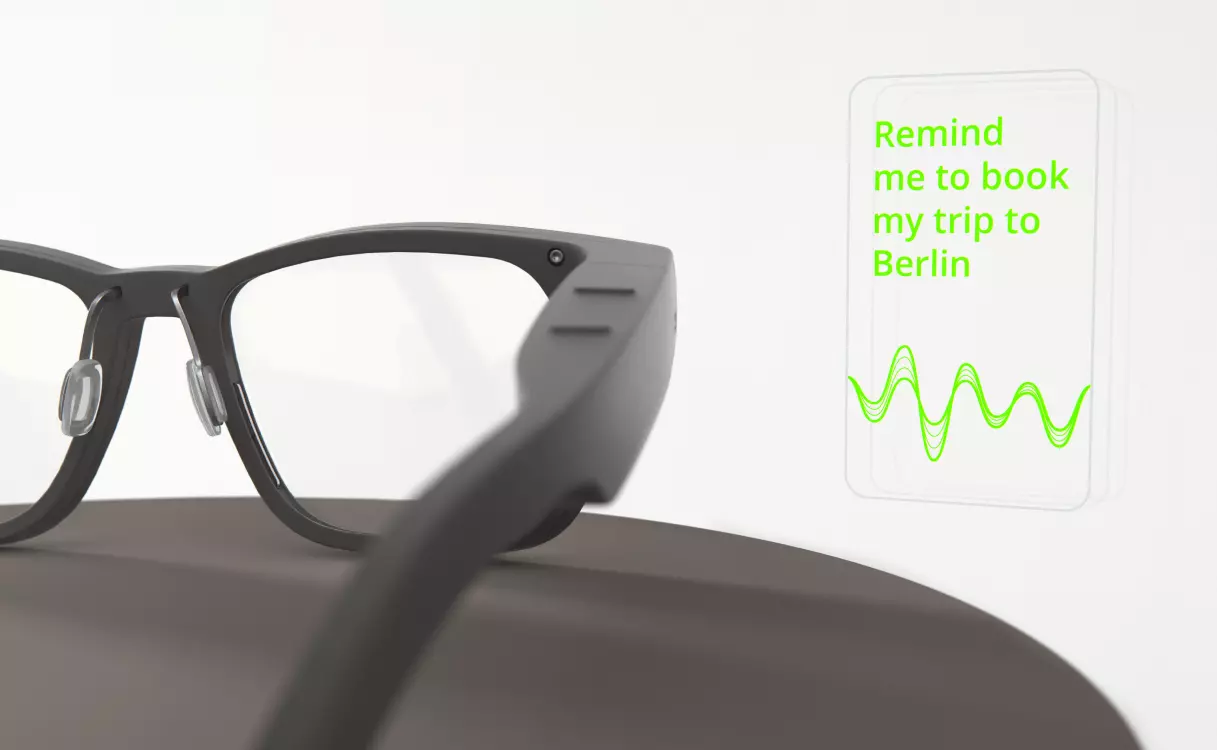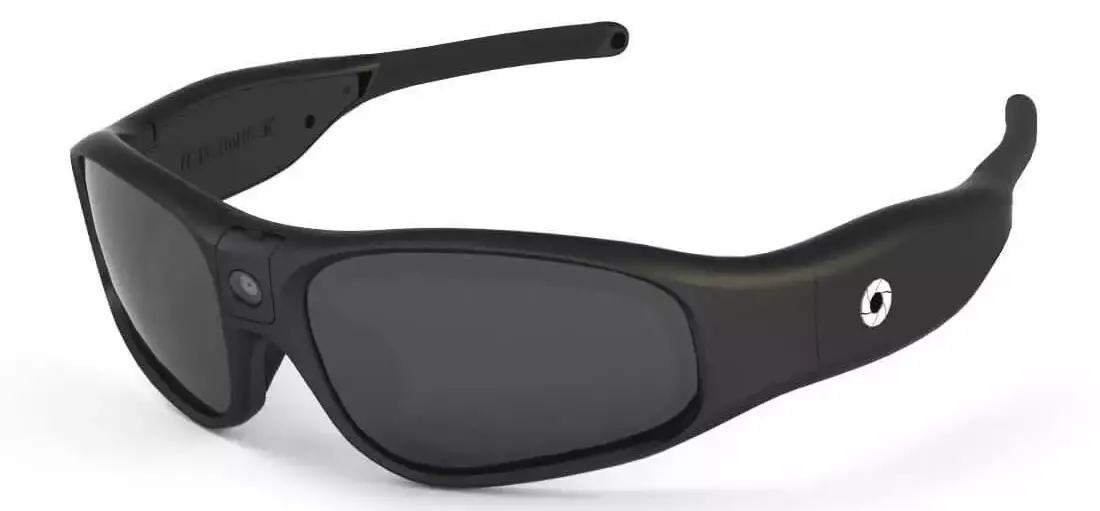What Types of Smart Glasses Are There?
Posted on March 19, 2023 3 minutes 552 words
Table of contents
Smart glasses have become increasingly popular in recent years, providing users with a unique blend of style and cutting-edge technology. With a variety of types and designs to choose from, it can be challenging to navigate the options available. This blog post aims to guide you through the different types of smart glasses on the market, highlighting their key features and use cases to help you make an informed decision.
Assistive Technology Smart Glasses
Assistive technology smart glasses are designed to aid individuals with specific needs, such as visual impairments or language barriers. eSight and OrCam MyEye are examples of smart glasses that use advanced technology to help visually impaired individuals see more clearly. Other smart glasses, like the Google Glass Enterprise Edition, offer real-time language translation and facial recognition capabilities, making communication and social interactions easier for users.
Augmented Reality (AR) Smart Glasses
Augmented reality smart glasses overlay digital information onto the physical world, providing an enhanced view of your surroundings. Some popular AR smart glasses include Google Glass and Microsoft HoloLens. These devices offer applications in navigation, gaming, and design, allowing users to access information or interact with virtual objects in real-time. For instance, architects can visualize 3D models of buildings on site, while gamers can immerse themselves in interactive experiences that blend digital and physical environments.
Virtual Reality (VR) Smart Glasses
Virtual reality smart glasses transport users into fully immersive digital worlds, offering a range of experiences from gaming to virtual training simulations. Popular VR smart glasses include the Oculus Rift, HTC Vive, and PlayStation VR. These devices create a sense of presence by tracking head movements and adjusting the displayed visuals accordingly. VR smart glasses have been used for everything from virtual travel experiences to innovative therapy methods for anxiety and phobias.
Audio-centric Smart Glasses
Audio-centric smart glasses prioritize audio features, integrating speakers and microphones into stylish frames. Popular examples include Bose Frames and Amazon Echo Frames. These smart glasses allow users to listen to music, make phone calls, and interact with voice assistants like Alexa, all without the need for earbuds. This hands-free approach offers convenience and a discreet listening experience.

Smart Glasses for Fitness and Health Tracking
Fitness-focused smart glasses seamlessly integrate health and activity tracking features into their design. Devices like the Vuzix Blade and Solos offer features such as heart rate monitoring, step tracking, and workout guidance, making them ideal companions for fitness enthusiasts. With these smart glasses, users can track their progress and receive real-time feedback during exercise, helping them stay motivated and achieve their goals.
Fashion-forward Smart Glasses
For those who value aesthetics, fashion-forward smart glasses combine innovative technology with stylish design. Razer Anzu and Focals by North are examples of smart glasses that offer customizable designs, interchangeable lenses, and chic frames. These devices blend seamlessly into users’ wardrobes, providing a fashionable yet functional accessory.
Conclusion
From augmented reality to assistive technology, the world of smart glasses offers a wide variety of options to cater to different needs and preferences. As you explore the possibilities, consider how each type of smart glass could benefit your lifestyle and enhance your daily experiences. We’d love to hear your thoughts or experiences with smart glasses in the comments section below. Happy exploring!








